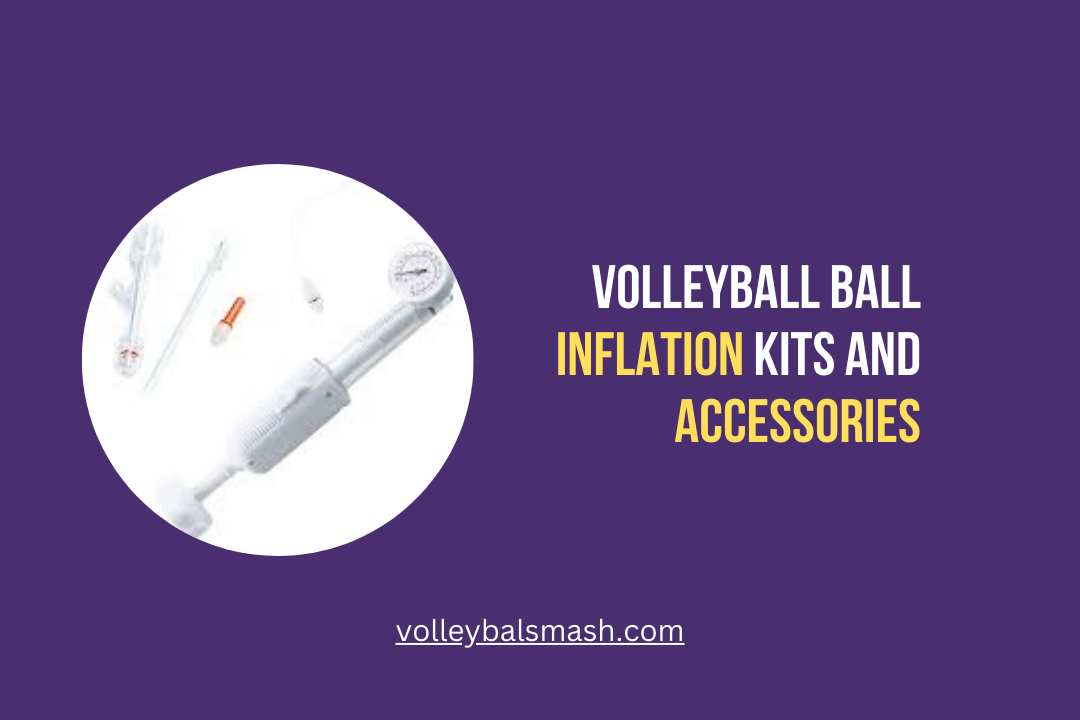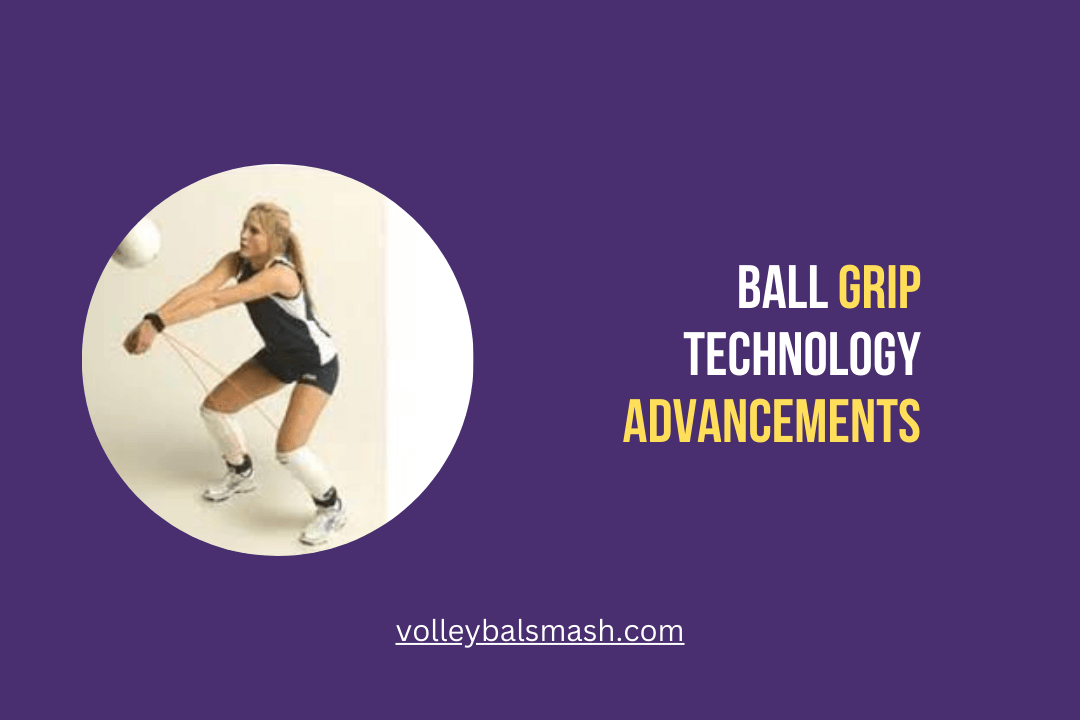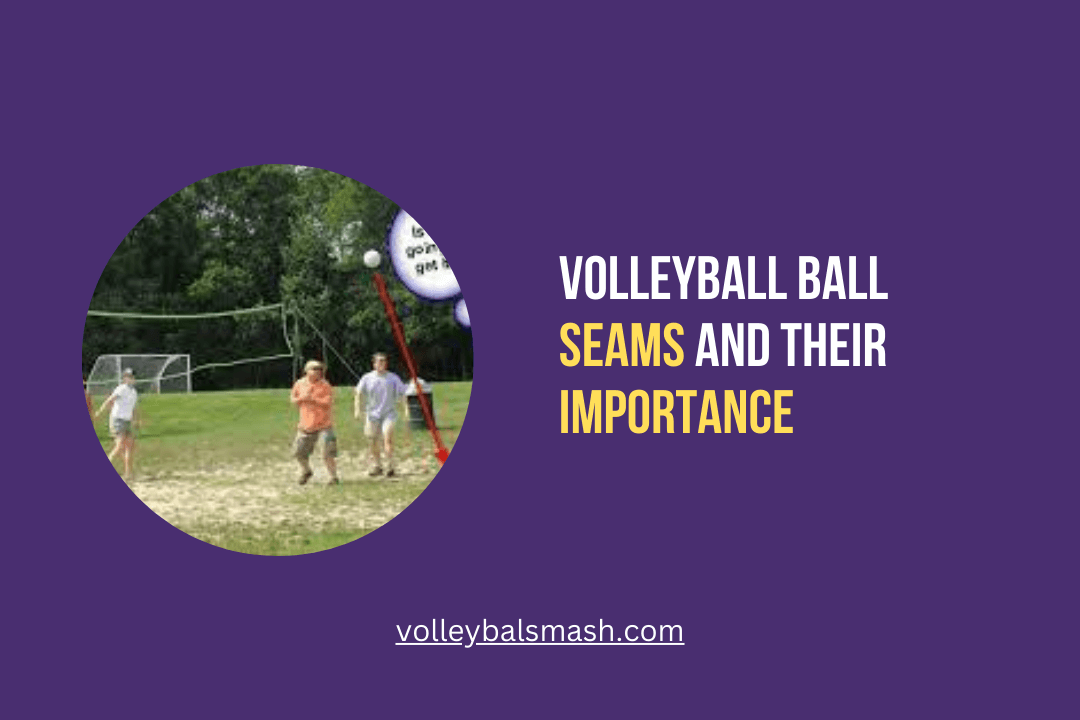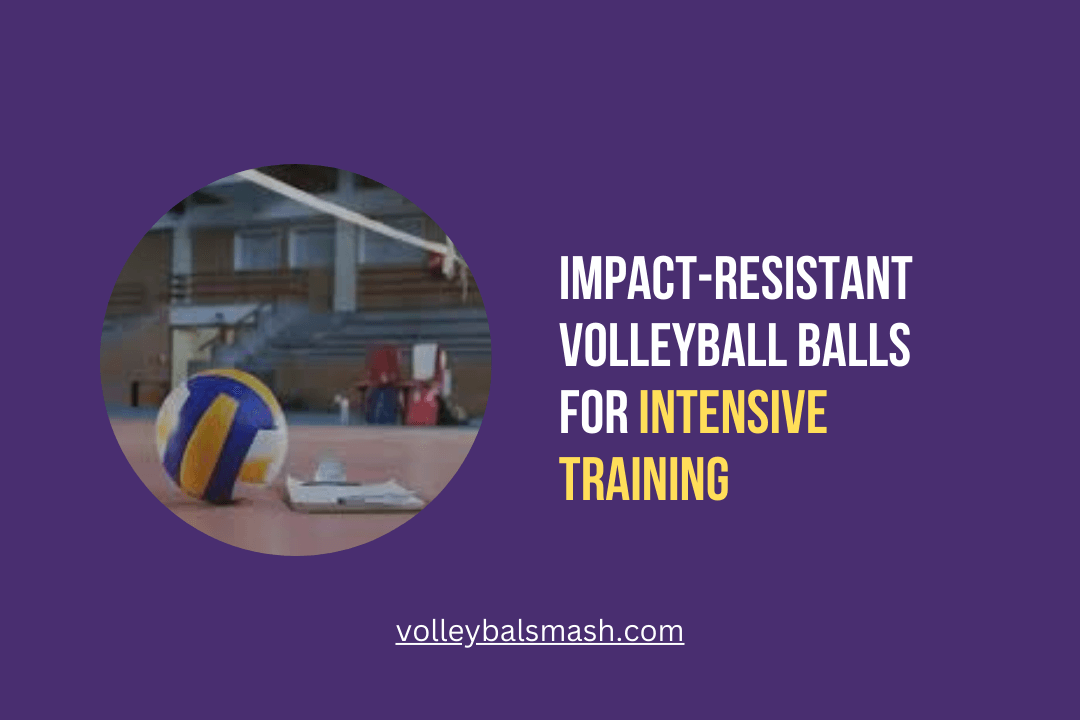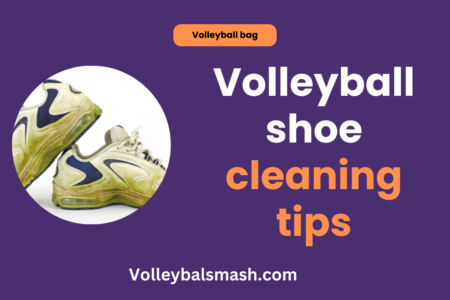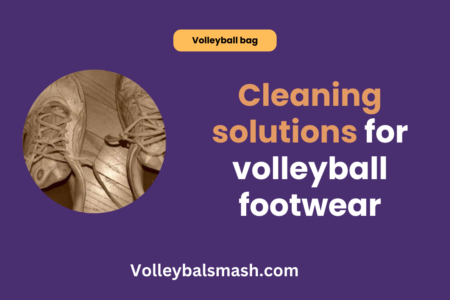Are you in the market for a new volleyball ball and want to ensure you’re getting a top-notch product? Choosing a high-quality volleyball ball is essential for a great game experience, as well as for preventing injuries and ensuring longevity of the ball. There are several key factors to consider when determining the quality of a volleyball ball, including material, construction, and brand reputation. In this blog post, we’ll discuss the details that you should look for in a high-quality volleyball ball to make sure you’re getting the best value for your money.
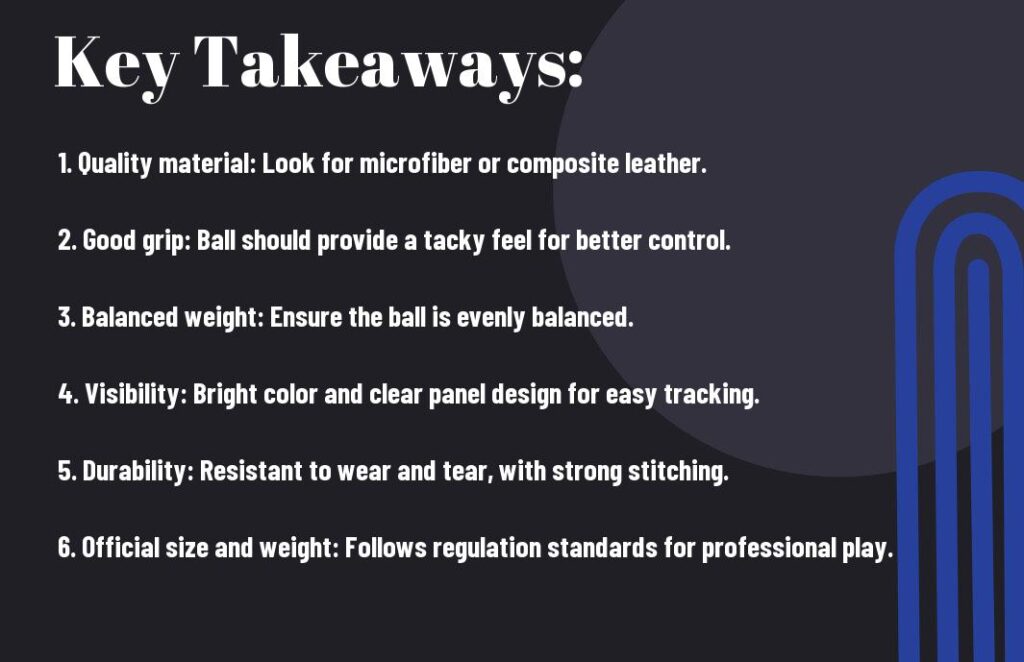
Material and Construction
One of the most crucial factors in determining the quality of a volleyball ball is the material used in its construction. The material not only impacts the durability of the ball but also its performance on the court. When looking for a high-quality volleyball ball, you want to consider the materials used and how the ball is constructed to ensure it meets your needs.
Types of Materials Used in Volleyball Manufacturing
When it comes to volleyball ball manufacturing, there are a few main materials used: synthetic leather, composite leather, and polyurethane. Each material has its own set of characteristics that can affect the performance and lifespan of the ball. Synthetic leather balls are known for their durability and water-resistant properties, while composite leather balls offer a softer touch and better grip.
Polyurethane balls are extremely durable and provide a consistent feel and performance. Any of these materials can be used to create a high-quality volleyball ball, but it’s essential to understand the differences and choose the one that best suits your playing style and needs.
| Synthetic Leather | Durable, Water-resistant |
| Composite Leather | Softer touch, Better grip |
| Polyurethane | Extremely durable, Consistent feel and performance |
Construction Techniques and Their Impact on Playability
Aside from the materials used, the construction techniques employed in making a volleyball ball also play a significant role in its quality. The way the panels are stitched together, the number of layers, and the internal bladder all contribute to the playability and performance of the ball.
High-quality balls are constructed using advanced techniques that ensure optimal shape retention, consistent bounce, and excellent flight characteristics. When inspecting a volleyball ball, pay attention to the craftsmanship and construction to ensure that it meets your standards for playability and performance on the court.
Size and Weight Specifications
Some volleyball balls may vary in size and weight, but there are official regulations that govern these specifications. Understanding the size and weight specifications of a high-quality volleyball ball is essential for a successful game and individual performance.
Volleyball ball stitching techniques explained
Official Volleyball Size Regulations
One crucial aspect of identifying a high-quality volleyball ball is ensuring that it meets official size regulations. According to the official regulations set by the International Volleyball Federation (FIVB), a regulation volleyball must have a circumference of 65-67 centimeters and a weight of 260-280 grams. These regulations are in place to ensure consistency and fair play across all levels of volleyball competition.
Importance of Weight and Its Influence on Performance
The weight of a volleyball can significantly influence your performance on the court. A volleyball that is too heavy may cause fatigue and hinder your ability to jump and maneuver effectively. Conversely, a ball that is too light may not provide the necessary resistance for powerful serves and spikes.
When selecting a high-quality volleyball ball, it’s important to find a weight that feels comfortable and allows you to perform at your best. Choosing a ball with the right weight can help you optimize your playing experience and maximize your performance on the court.
Brand and Model Considerations
Now that you understand the key features of a high-quality volleyball ball, let’s talk about the brand and model considerations. Choosing the right brand and model can have a significant impact on the overall quality and performance of the ball.
Renowned Volleyball Brands and Models
When it comes to volleyball, there are several renowned brands that consistently produce high-quality volleyball balls. Brands such as Mikasa, Molten, Tachikara, and Wilson are well-known for their commitment to quality and performance. Some of the popular models from these brands include the Mikasa MVA200, Molten FLISTATEC, Tachikara Sensi-Tec, and Wilson AVP Official Game Ball. These models are often used in professional and competitive settings due to their outstanding quality and durability.
Comparing High-Quality Volleyballs Across Brands
When comparing high-quality volleyball balls across different brands, it’s essential to consider factors such as material, construction, and design. Here is a comparison of some key features across renowned brands:
Brand/Material/Construction/Design
| Mikasa | High-quality leather, advanced construction, improved aerodynamic design |
| Molten | Premium synthetic leather, unique hand-sewn construction, enhanced visibility and durability |
| Tachikara | Composite leather, patented dual-cord construction, soft and responsive feel |
| Wilson | Top-grade leather, superior 18-panel hand-sewn construction, excellent touch and control |
Volleyball ball texture and grip analysis
Each brand offers its unique blend of material, construction, and design, catering to different preferences and playing styles. When choosing a high-quality volleyball ball, consider the specific features that align with your needs and preferences.
Testing and Experience
After researching and reading reviews, the next step in identifying a high-quality volleyball ball is to consider testing and experience. This involves gauging the reputation and quality of the ball through professional and user reviews, as well as personal testing during play.
Professional and User Reviews: Gauging Reputation and Quality
When it comes to identifying a high-quality volleyball ball, professional and user reviews can provide valuable insight into the reputation and quality of the ball. Professional reviews are often conducted by experts in the field, such as coaches or professional players, who have extensive experience with various types of volleyball balls. Their opinions can offer valuable information on the performance, durability, and overall quality of the ball.
User reviews, on the other hand, provide real-life experiences and feedback from individuals who have used the ball in different settings. By considering both professional and user reviews, you can gain a better understanding of the overall reputation and quality of the volleyball ball.
Personal Testing: What to Look For During Play
Personal testing is another important aspect of identifying a high-quality volleyball ball. When testing the ball during play, there are several factors to consider. First, pay attention to the feel and grip of the ball. A high-quality volleyball ball will have a good grip and feel comfortable in your hands. Additionally, observe the ball’s flight and trajectory when it is in motion.
A high-quality ball will have a consistent flight pattern and predictable trajectory, allowing for more accurate and reliable play. Lastly, examine the durability and resilience of the ball. Look for signs of wear and tear, such as fraying or loss of inflation, which can indicate a lower-quality ball. By conducting personal testing and paying attention to these key factors, you can better assess the overall performance and quality of the volleyball ball.
Maintenance and Longevity
To ensure that your high-quality volleyball ball lasts as long as possible, proper maintenance is essential. By taking the necessary steps to care for your ball, you can extend its lifespan and keep it in optimal playing condition for years to come.
Proper Volleyball Care Practices
One of the most important aspects of maintaining the longevity of your volleyball ball is to keep it clean and dry. After each use, make sure to wipe down the surface of the ball with a damp cloth to remove any dirt, sweat, or moisture. Additionally, store your volleyball ball in a cool, dry place, away from direct sunlight or extreme temperatures. Avoiding exposure to harsh elements will help preserve the materials and prevent premature wear and tear.
Indicators of Durability and Lifespan
When it comes to identifying a high-quality volleyball ball with excellent durability and longevity, look for indicators such as reinforced stitching, a sturdy outer cover, and consistent roundness. A ball with strong, reinforced stitching is less likely to come apart at the seams, while a durable outer cover will withstand the impact of frequent play.
Additionally, a consistently round shape is a sign of a well-constructed ball that will maintain its performance over time. These indicators are crucial in ensuring that your volleyball ball will withstand the rigors of regular use and remain in top condition for an extended period.
Conclusion
From above, you now have the knowledge to identify a high-quality volleyball ball. By paying attention to the material, construction, and feel of the ball, you can ensure that you are purchasing a durable and reliable volleyball for your games. Remember to look for a ball that is made of premium leather or composite material, has a consistent and well-constructed panel design, and offers a soft yet firm feel for optimal play. Keep these factors in mind when shopping for your next volleyball ball, and you’ll be sure to find a high-quality option that meets your needs.
Tips for storing volleyball balls properly
FAQ
How can I identify a high-quality volleyball ball?
There are a few key factors to consider when identifying a high-quality volleyball ball. Look for a ball that is made of premium materials such as microfiber or composite leather, as these materials offer better durability and grip. Additionally, check for a well-constructed bladder that provides consistent air retention, and a strong, sturdy stitching that can withstand repeated impacts. Finally, consider the brand reputation and customer reviews to ensure you are selecting a ball from a trusted manufacturer.
What are the signs of a well-constructed volleyball ball?
A well-constructed volleyball ball will have a consistent and even shape, without any lumps or irregularities. The panels should be securely stitched together with reinforced seams to prevent splitting or unraveling. The ball should also have a responsive bounce and a uniform weight distribution. When inflated, the ball should hold its shape and not wobble or veer off course when in motion.
Q: How can I assess the grip and feel of a volleyball ball?
A: To assess the grip and feel of a volleyball ball, pay attention to the surface texture and the ball’s responsiveness to touch. High-quality balls often feature a textured surface that offers better grip, allowing players to more easily control the ball during serves, sets, and spikes. Additionally, consider the feel of the ball in your hands – it should feel firm and responsive without being too hard or too soft. Testing the ball’s grip and feel through practice drills and game simulations can also provide valuable insights.
